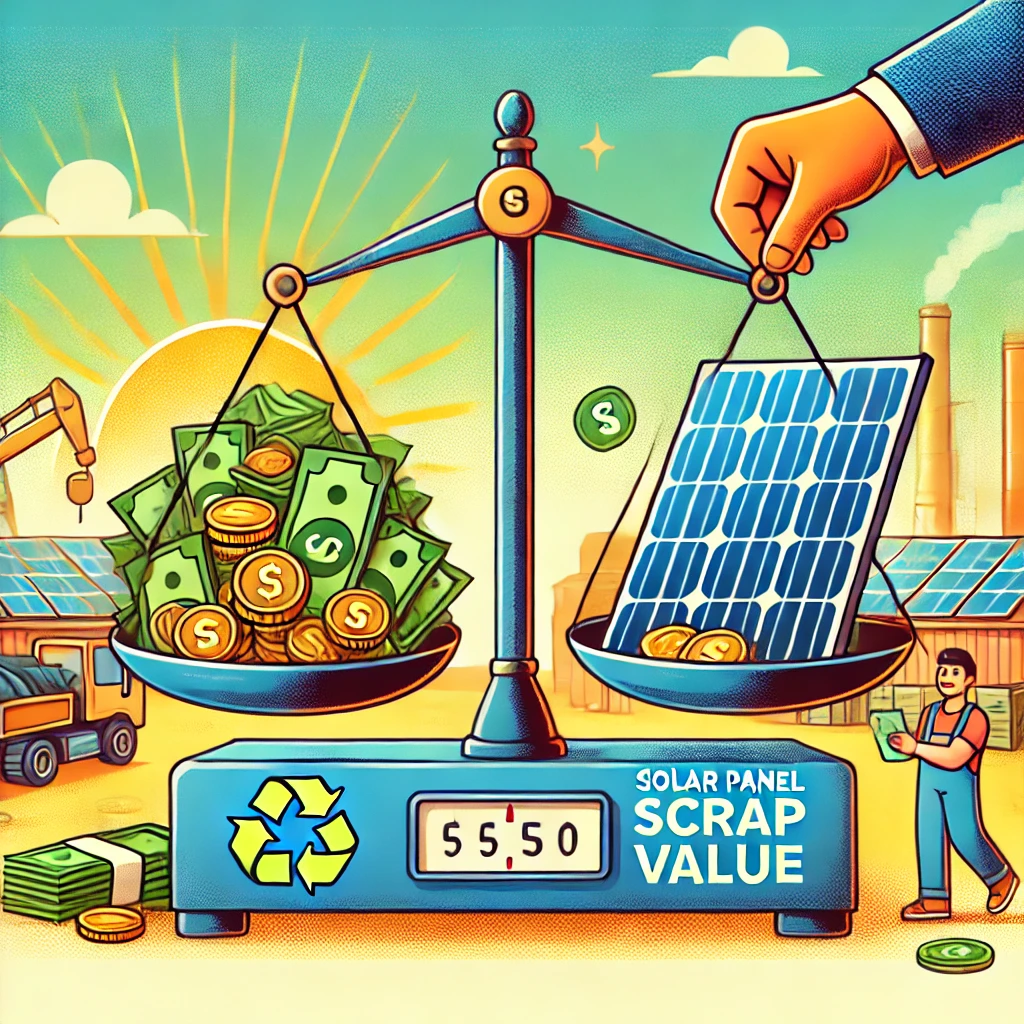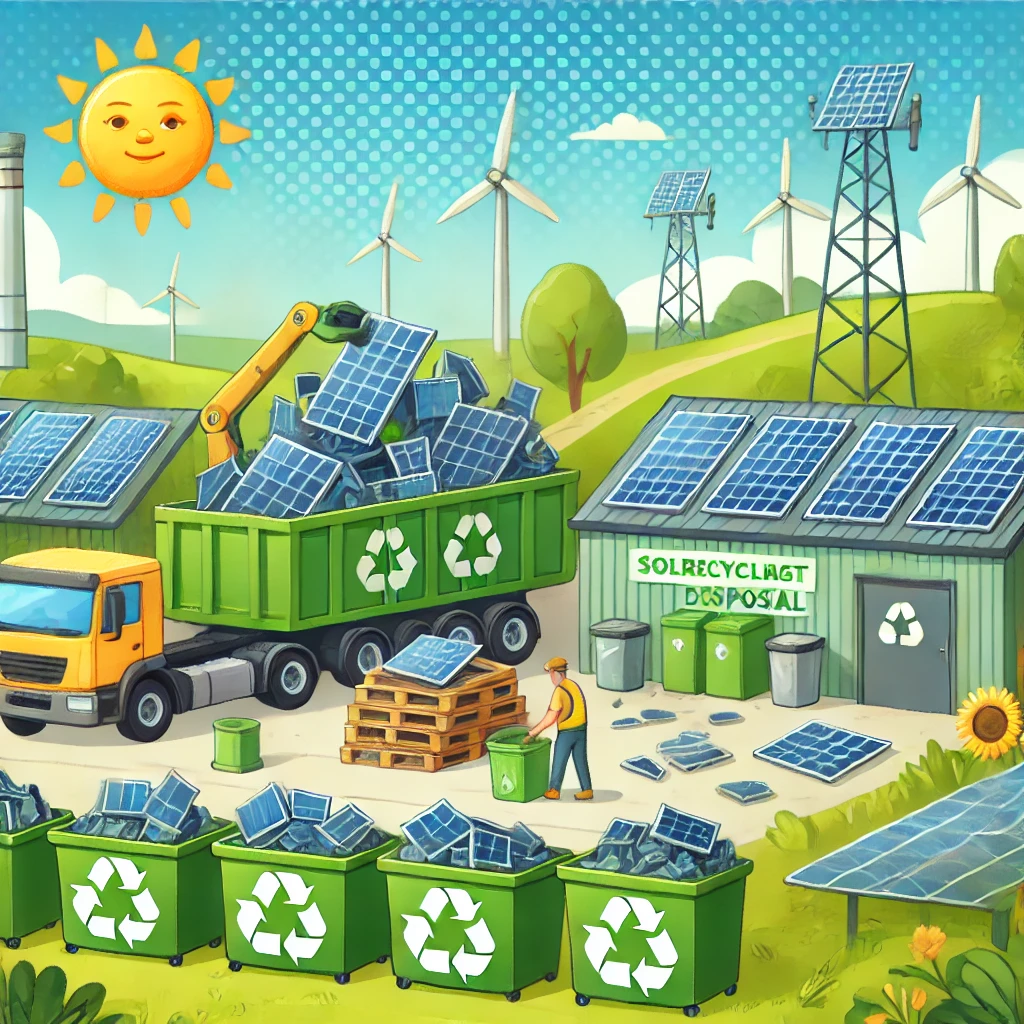Solar power has quickly become one of the leading renewable energy sources worldwide. While most people recognize monocrystalline and polycrystalline solar panels, there’s another category that often sparks curiosity: thin film solar panels.
Thin film technology is lighter, flexible, and cheaper to manufacture. It has found its way into portable solar products, large commercial projects, and even building-integrated designs. But for all its advantages, thin film solar panels also carry notable drawbacks that make them less attractive in many situations.
In this guide, we’ll unpack the disadvantages of thin film solar panels. From efficiency and space requirements to durability and warranty concerns, you’ll see why thin film isn’t always the best choice for homes or small businesses.
What Are Thin Film Solar Panels?
Thin film panels are built differently from the rigid crystalline modules most homeowners are familiar with. Instead of slicing wafers of silicon, manufacturers deposit thin layers of photovoltaic material onto substrates like glass, plastic, or metal.
The main types include:
- Amorphous Silicon (a-Si): Low-cost option, but with very low efficiency.
- Cadmium Telluride (CdTe): Cheap to produce, widely used in utility-scale projects.
- Copper Indium Gallium Selenide (CIGS): More efficient but expensive compared to other thin film technologies.
- Gallium Arsenide (GaAs): Extremely efficient but costly, usually reserved for aerospace and specialty projects.
Although these types vary, they all share some performance limitations compared to crystalline panels.
1. Lower Efficiency
Thin film panels lag behind crystalline solar modules in efficiency.
- Efficiency Range: Most thin film panels operate around 10%–13%, while some CIGS reach 15%–18%.
- Crystalline Benchmark: Monocrystalline modules often deliver 20%–23%, with premium models pushing past 24%.
Why It Matters
Lower efficiency translates into less electricity generation per square foot. For homeowners with limited roof space, this is a major disadvantage because:
- More panels are needed to meet household energy demand.
- Larger installation areas increase costs for racking, wiring, and labor.
- Return on investment is slower compared to crystalline panels.
2. Larger Space Requirements
Because thin film produces less energy per panel, more space is required to achieve the same system size.
For instance:
- A 5 kW system with monocrystalline panels might take 250–300 sq. ft.
- The same 5 kW using thin film panels may need 400–600 sq. ft. or more.
This makes thin film impractical for small rooftops or urban homes. It works better for large commercial buildings, warehouses, or ground-mounted solar farms where space isn’t an issue.
3. Shorter Lifespan
Thin film panels generally have a shorter operational life compared to crystalline modules.
- Thin Film: Around 10–20 years depending on type and quality.
- Crystalline Panels: Frequently last 25–30 years or more.
Why the Shorter Life?
- Thin photovoltaic layers degrade faster over time.
- Some encapsulation methods offer less protection against environmental stress.
- Moisture and UV exposure impact thin film more severely.
This shortened lifespan means a lower long-term return for both homeowners and investors.
4. Faster Degradation
Not only do thin film panels have shorter lifespans, they also degrade faster during use.
- Thin Film: Typically loses 0.7%–1% efficiency per year.
- Crystalline Panels: Degrade more slowly, around 0.3%–0.5% per year.
After 20 years, thin film modules may operate at 80% or less of their original output, while crystalline panels may still maintain over 88–90%.
5. Durability Concerns
Thin film solar panels are less robust than traditional glass-and-aluminum modules.
- Mechanical Stress: They can bend, but too much pressure can cause cracks.
- Weather Resistance: Some designs don’t handle snow, hail, or heavy winds as well as rigid panels.
- Moisture Vulnerability: Without proper sealing, thin film can suffer from water damage.
This makes them a weaker choice for rooftops in harsh climates.
6. Toxic Material Use
Some thin film technologies raise environmental and health concerns:
- Cadmium Telluride (CdTe): Contains cadmium, a toxic heavy metal. Improper disposal could contaminate soil and water.
- CIGS Panels: Contain selenium and other compounds that require safe recycling.
While manufacturers follow safety protocols, these materials add complexity to the recycling process and may raise concerns for eco-conscious buyers.
7. Limited Market Adoption
Thin film solar panels represent only a small portion of the global solar market.
What That Means for Consumers:
- Fewer Choices: Limited manufacturer and product availability.
- Less Installer Experience: Most installers specialize in crystalline technology.
- Support Risks: If a company discontinues its thin film line, warranty and service support could be jeopardized.
This lack of mainstream adoption makes thin film a riskier investment for homeowners.
8. Temperature Performance Variability
Some thin film types, like CdTe, perform better in hot weather than crystalline silicon. But not all thin film technologies share this advantage.
- CdTe Panels: Maintain efficiency under high temperatures.
- Amorphous Silicon: Performs poorly in heat and sunlight intensity.
This inconsistency makes it hard for consumers to know exactly how thin film will perform in their specific climate.
9. Shorter Warranties
Because thin film panels degrade faster and last for fewer years, manufacturers often provide shorter warranty coverage.
- Thin Film Warranties: Usually 10–15 years.
- Crystalline Warranties: Commonly 25 years or more.
This shorter warranty window makes thin film less attractive for long-term residential or commercial installations.
10. Lower Resale Value
Solar installations can add value to a property, but thin film systems don’t increase resale value as much as crystalline setups.
- Buyers are more familiar with traditional panels and may distrust thin film performance.
- Lower efficiency and shorter life reduce perceived value.
This makes thin film less appealing if part of your solar strategy involves boosting property value.
11. Performance in Low-Light Conditions
Some thin film modules claim decent performance in diffuse light, but overall, modern monocrystalline panels outperform thin film in cloudy or shaded conditions.
This means thin film users may see more fluctuation in energy production depending on the weather and time of year.
12. Slower Technological Progress
Crystalline technology has benefited from decades of global research and investment, leading to steady improvements in efficiency and durability.
Thin film technology, however, hasn’t advanced as quickly. As a result:
- Efficiency gains remain modest.
- Production costs are not dropping as fast.
- Market share continues to shrink relative to crystalline panels.
This stagnation puts thin film at a disadvantage when comparing long-term value.
When Thin Film Still Works Well
Despite the disadvantages, thin film panels do offer unique benefits in certain situations:
- Portable Solar Gear: Lightweight panels for camping, RVs, or emergency kits.
- Large Commercial Installations: When space isn’t a limitation and lower upfront costs matter more.
- Building-Integrated Designs: Panels embedded in windows, facades, or other architectural features.
- Hot, Sunny Climates (CdTe only): Certain thin film types tolerate heat better than crystalline silicon.
Conclusion
Thin film solar panels are innovative and versatile, but they’re not without major trade-offs. Their lower efficiency, shorter lifespan, faster degradation, and space demands make them less suitable for most homeowners. Environmental concerns, limited warranties, and weaker resale value further add to the drawbacks.
The main disadvantages of thin film solar panels can be summarized as:
- Low efficiency and higher space requirements
- Shorter lifespan and faster performance loss
- Fragility and weather vulnerability
- Toxic materials in certain types
- Limited availability and support
For most residential and small commercial projects, monocrystalline or polycrystalline panels remain the smarter investment. Thin film still has value in specialized niches, but it’s best considered a complementary technology rather than a mainstream solution.


